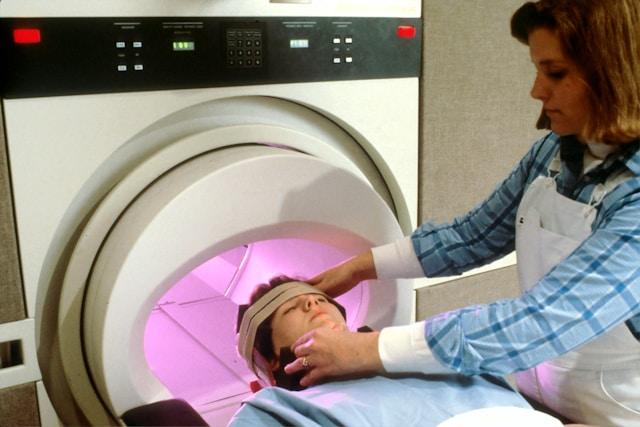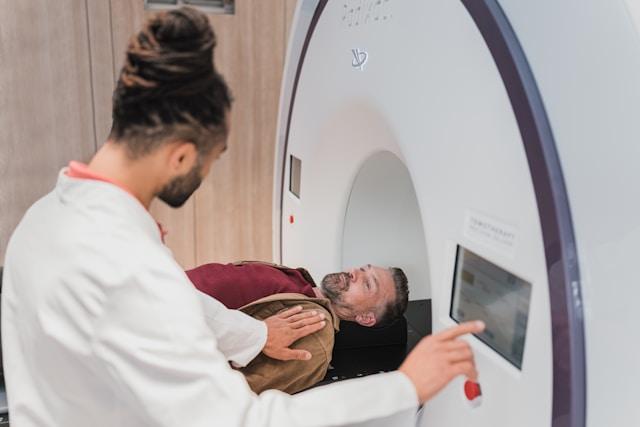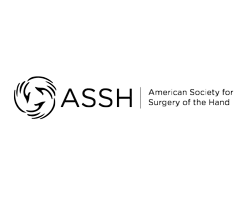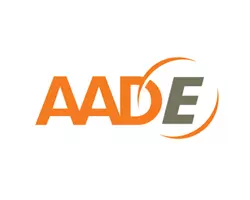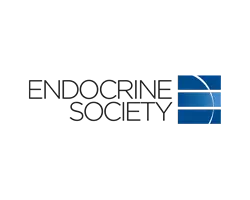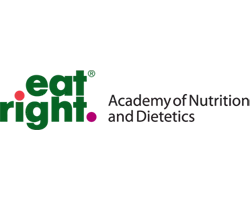Abstract:
Background: Current literature for surgical deactivation of frontal migraine trigger points does not incorporate decompression of the supraorbital foramen or fascial bands at the supraorbital rim (frontal exit) as part of the surgical procedure. To evaluate this primary compression site for the supraorbital nerve, anatomical dissections were performed and a classification system was developed.
Methods: Sixty supraorbital regions from 30 ethylene glycol–preserved cadaveric heads were dissected. Particular attention was focused on the morphology of the supraorbital rim, specifically, the presence of a supraorbital notch or supraorbital foramen. The presence or absence of a fascial band completing the notch and the patterns of fascial band variations were documented.
Results: A supraorbital foramen was identified 27 percent of the time and a notch was identified 83 percent of the time. When a notch was encountered, a fascial band forming the floor of the notch that completed the encirclement of the supraorbital nerve was noted in 86 percent of supraorbital regions. A classification system was developed to categorize the four common fascial band variation patterns observed.
Conclusions: This study verifies the presence of a primary compression site for the supraorbital nerve that is proximal to the glabellar myofascial complex. Knowledge of this compression site and its possible anatomical variations will enable surgeons to perform a more complete supraorbital nerve decompression for migraine amelioration.
Read the full article at http://journals.lww.com/plasreconsurg/Abstract/2012/12000/The_Anatomical_Morphology_of_the_Supraorbital.10.aspx

